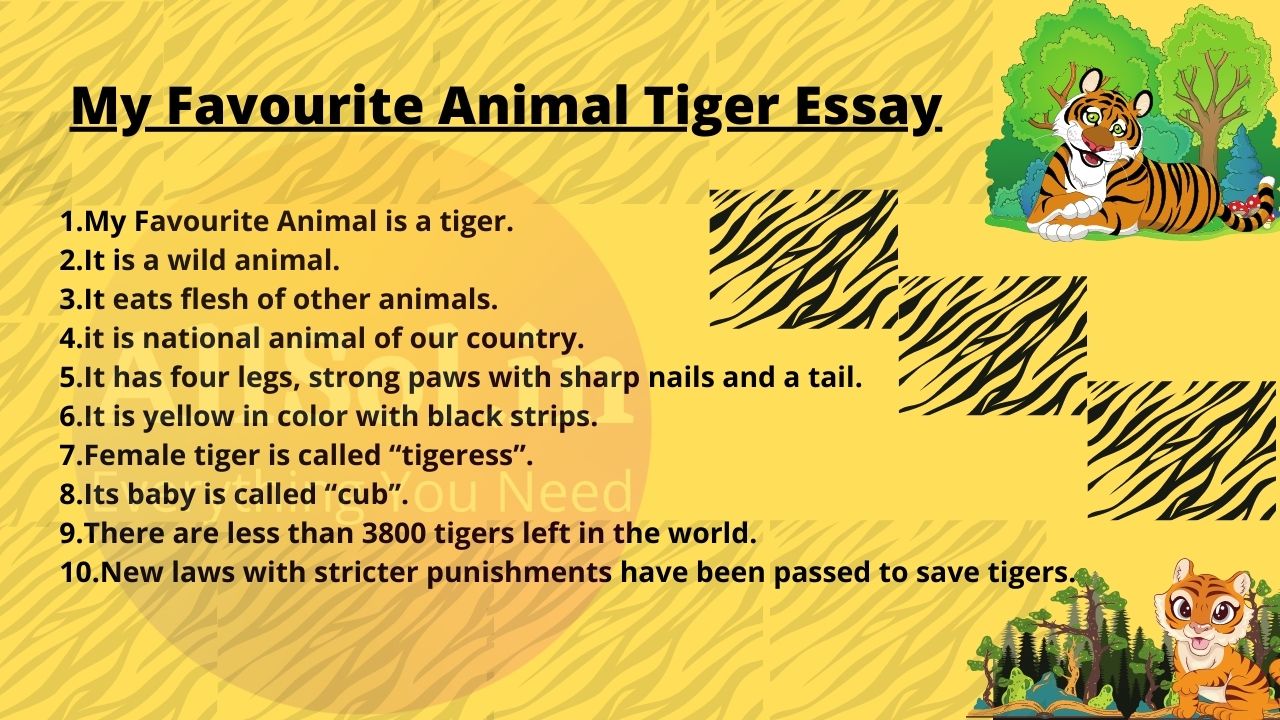An animal essay – Journey into the captivating world of animals with this enthralling essay. From the awe-inspiring diversity of species to their remarkable adaptations and the crucial need for conservation, prepare to be immersed in the wonders of the animal kingdom.
The content of the second paragraph that provides descriptive and clear information about the topic
Introduction
Animals, the diverse and fascinating inhabitants of our planet, have captivated humans for centuries. From the smallest insects to the largest whales, animals exhibit an astonishing array of adaptations, behaviors, and ecological interactions that make them an endless source of wonder and study.
This essay delves into the extraordinary world of animals, exploring their diversity, adaptations, behaviors, and ecological significance.
Animal Diversity
The animal kingdom encompasses an incredible variety of organisms, estimated to number over 8.7 million species. These animals are classified into different groups based on their shared characteristics, such as body structure, mode of locomotion, and genetic makeup. The major animal groups include:
- Invertebrates: Animals without a backbone, such as insects, mollusks, and worms
- Vertebrates: Animals with a backbone, including fish, amphibians, reptiles, birds, and mammals
Animal Adaptations
Animals have evolved remarkable adaptations that allow them to thrive in diverse environments. These adaptations can be physical, behavioral, or physiological. For example:
- Physical adaptations: Camouflage in chameleons, streamlined bodies in fish, and thick fur in polar bears
- Behavioral adaptations: Migration in birds, social cooperation in ants, and hibernation in bears
- Physiological adaptations: Echolocation in bats, venom production in snakes, and temperature regulation in desert animals
Animal Behavior
Animals exhibit a wide range of behaviors, influenced by genetics, environment, and learning. These behaviors include:
- Social behaviors: Communication, cooperation, and territoriality
- Predator-prey interactions: Hunting strategies, anti-predator defenses, and symbiotic relationships
- Learning and memory: Problem-solving, tool use, and social learning
Animal Ecology

Animals play crucial roles in ecosystems. They participate in food chains and food webs, transferring energy and nutrients. They also shape their habitats, create niches for other species, and influence ecosystem dynamics. For example:
- Herbivores: Consume plants, controlling plant populations and shaping vegetation communities
- Carnivores: Hunt and consume other animals, regulating prey populations and maintaining ecosystem balance
- Decomposers: Break down organic matter, recycling nutrients back into the ecosystem
Animal Conservation
Animal conservation is vital for preserving biodiversity and maintaining healthy ecosystems. Threats to animals include habitat loss, pollution, climate change, and overexploitation. Conservation efforts focus on:
- Protecting and restoring habitats
- Reducing pollution and mitigating climate change impacts
- Regulating hunting and trade
- Raising awareness and promoting responsible stewardship
Final Conclusion: An Animal Essay
As we conclude our exploration of animals, we are left with a profound appreciation for their intricate diversity, their resilience in the face of environmental challenges, and the urgent need to protect their well-being. May this essay inspire a lifelong fascination with the animal kingdom and a commitment to safeguarding its future.
Query Resolution
What is the main purpose of an animal essay?
To explore the fascinating diversity, adaptations, behavior, ecology, and conservation of animals.
How are animals classified into different groups?
Based on their characteristics, such as physical features, behavior, and genetics.
What are some examples of animal adaptations?
Physical features like camouflage, behavioral adaptations like migration, and physiological processes like hibernation.